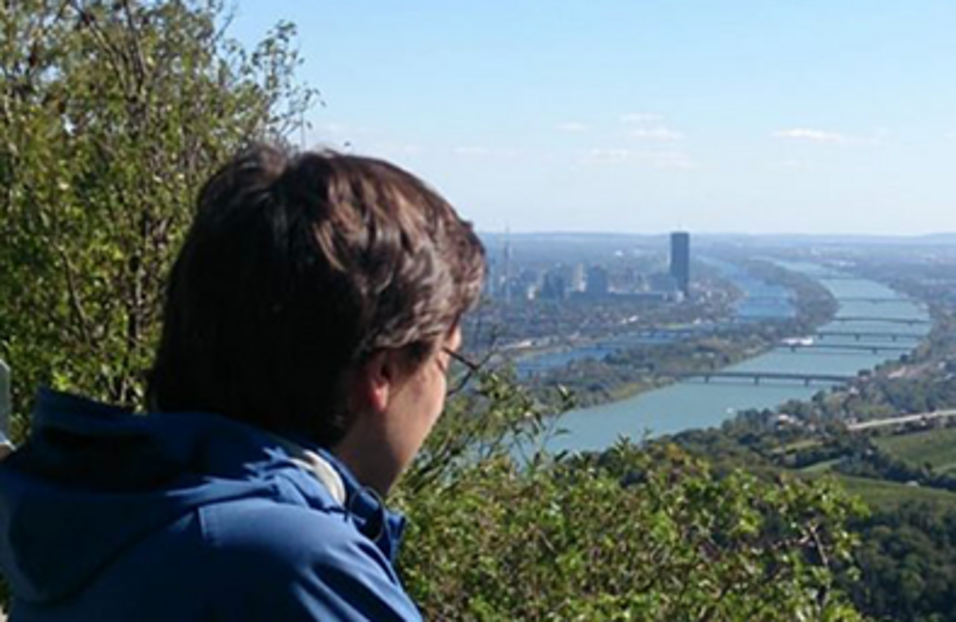Im univie Blog erzählt Cornelius von aktuellen und lange zurückliegenden Krisen und wie er die Situation meistert.
Diese Lage zwingt auch zur Kreativität
30.05.2020

Foto von Cornelius Volk. Foto: privat
